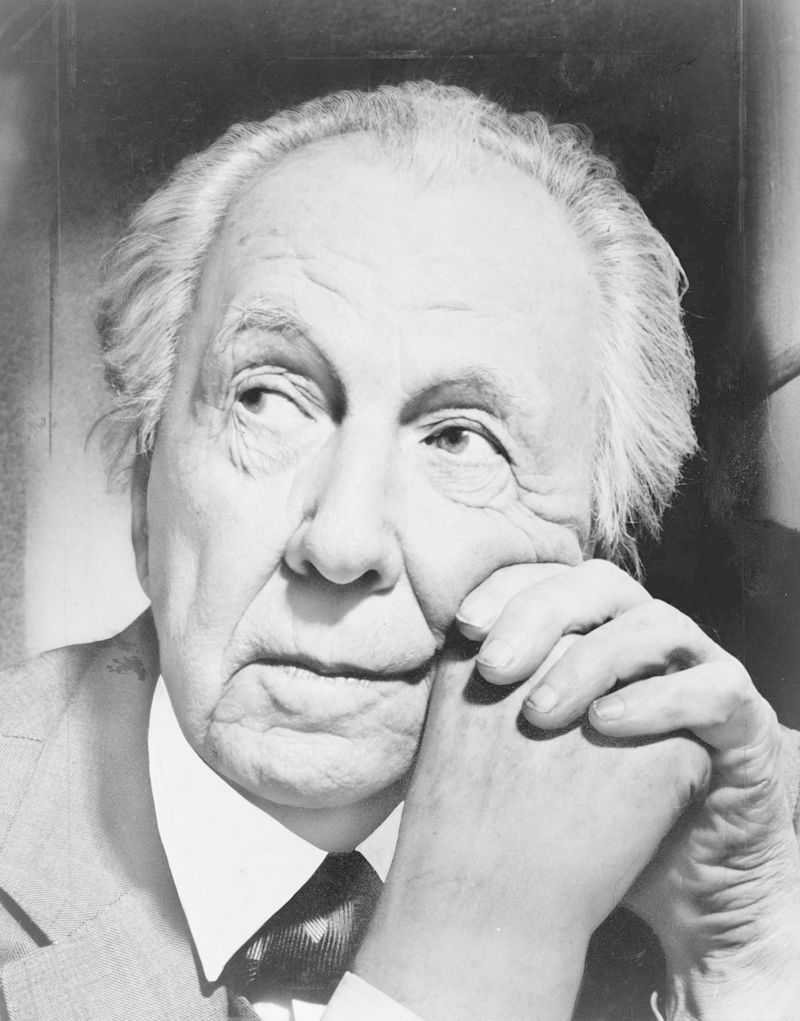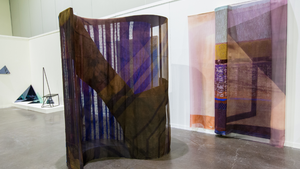On view from June 12 to October 1, a major exhibit at the Museum of modern art will mark the 150th anniversary of Wright’s birth with some 450 works created between the 1890s through 1950s. Up front: architectural drawings, models, building fragments, films, television broadcasts, print media, furniture, tableware, textiles, paintings, photographs and scrapbooks, including a number of pieces that have rarely or never been publicly exhibited.

“The exhibition,” says the museum, “seeks to open up Wright’s work to critical inquiry and debate, and to introduce experts and general audiences alike to new angles and interpretations of this extraordinary architect.”
“Frank Lloyd Wright at 150: Unpacking the Archive” is organized around major events in Wright’s life and career, spanning key works such as Unity Temple (1905-08), the Robie House (1908-10), Fallingwater (1934-37), the Johnson Wax Administration Building (1936-39), and Beth Sholom Synagogue (1953-59). Twelve subsections will include a number of themes and works, including the architect’s proposed design for a Rosenwald School for African American children, his work with Native American design themes, and his model farm design. Another section spans Wright’s democratization of design, through do-it-yourself systems; while another discusses his status as a celebrity architect.
The exhibit is organized by MoMA with Columbia University’s Avery Architectural & Fine Arts Library, and organized by Barry Bergdoll, curator at the MoMA Department of Architecture and Design and Meyer Schapiro Professor of Art History and Archaeology at Columbia University, with Jennifer Gray, project research assistant in the MoMA Department of Architecture and Design.




























